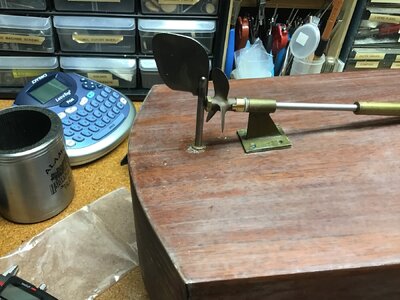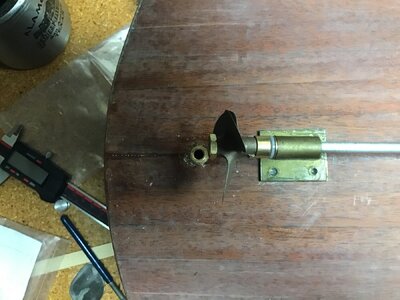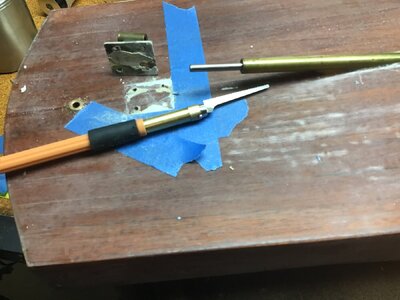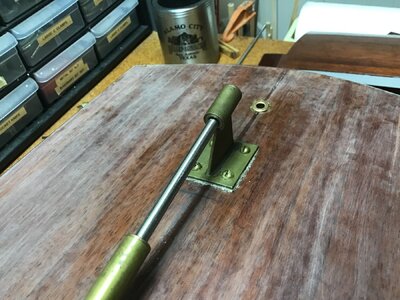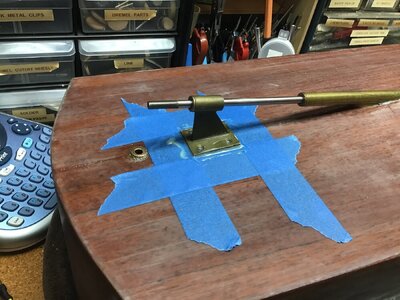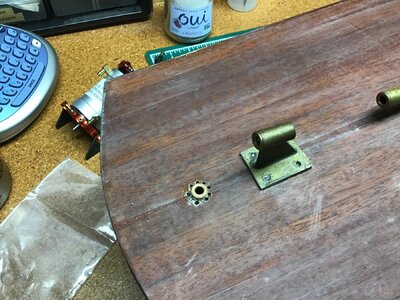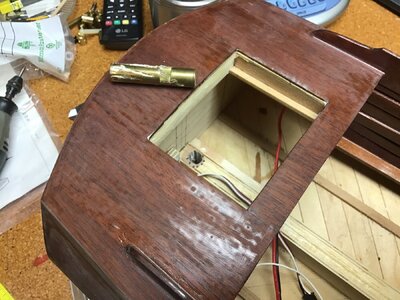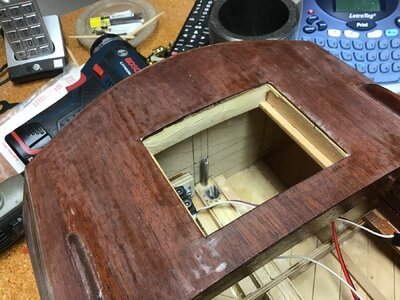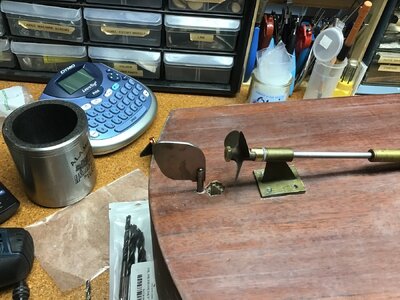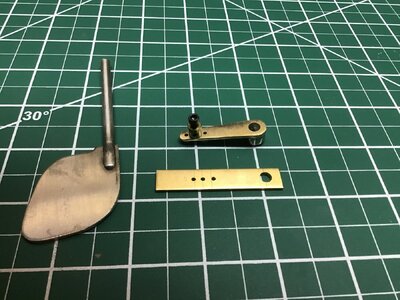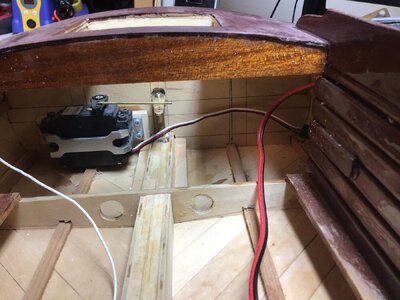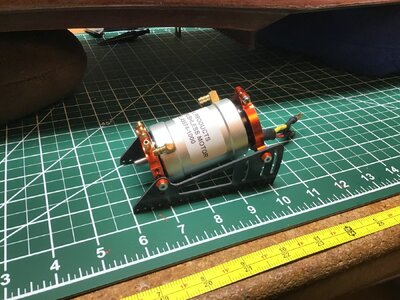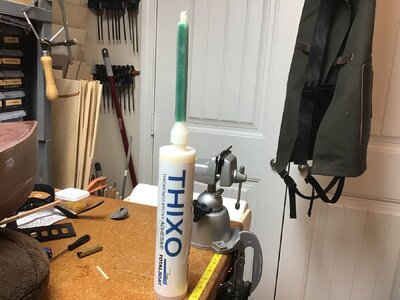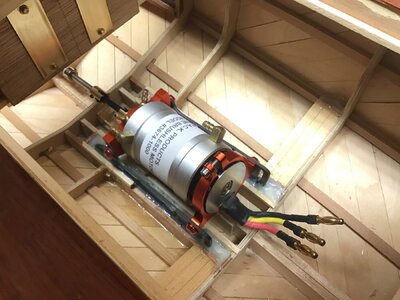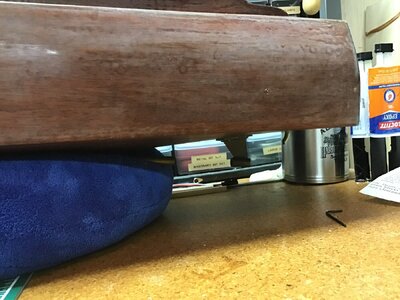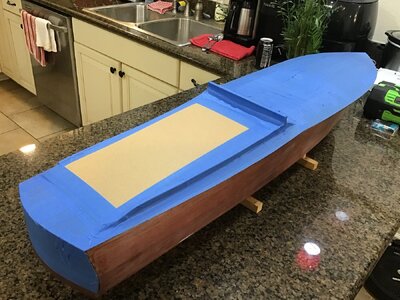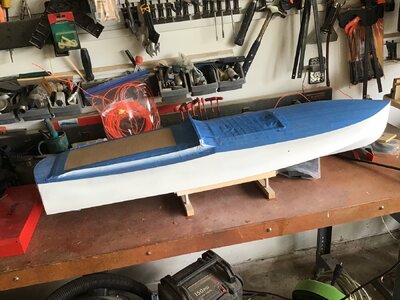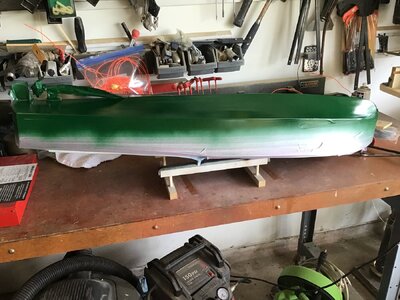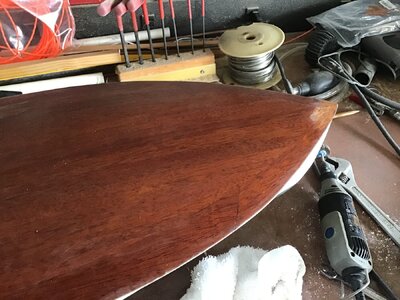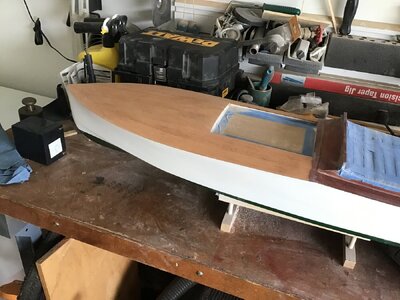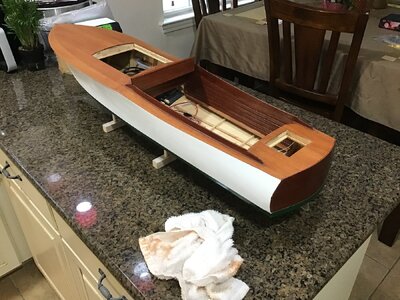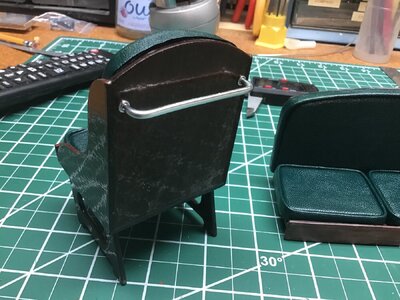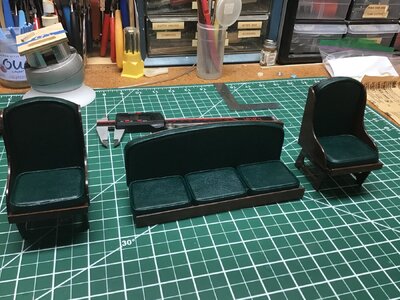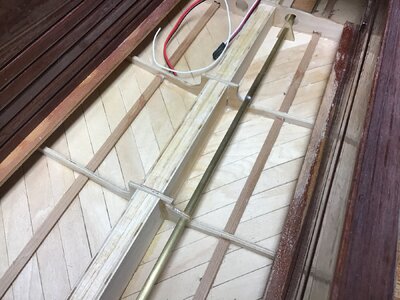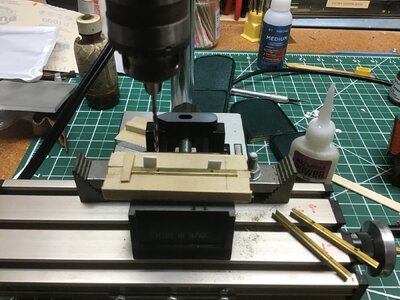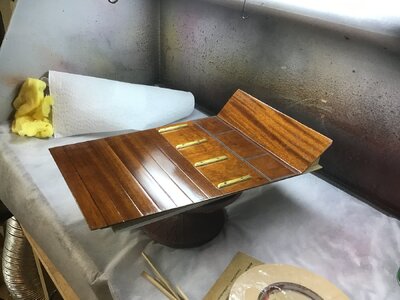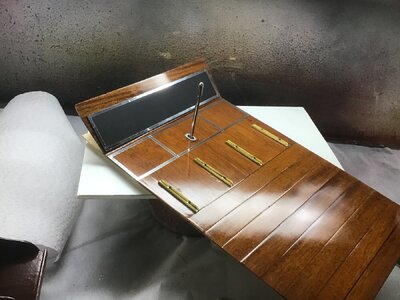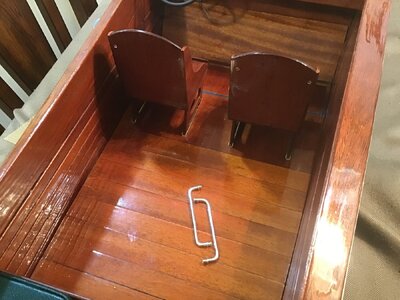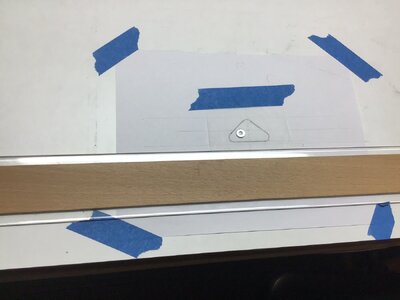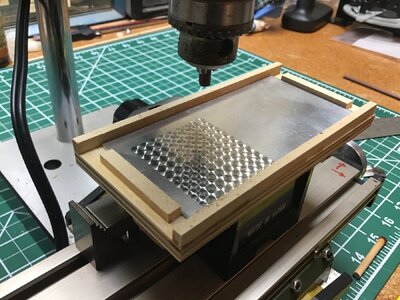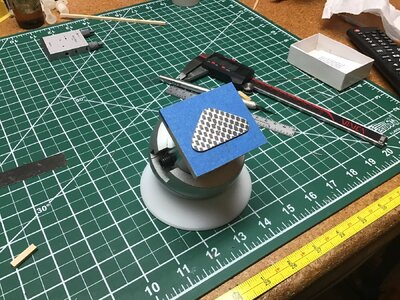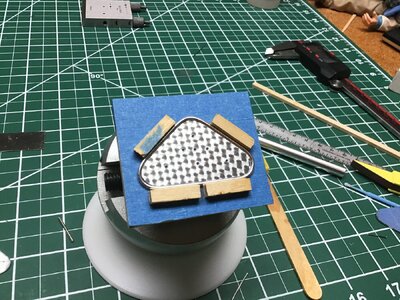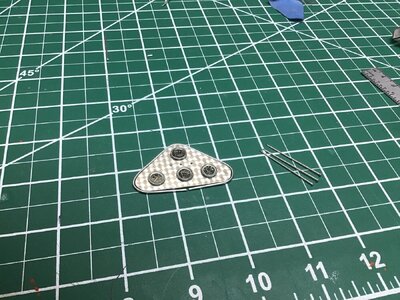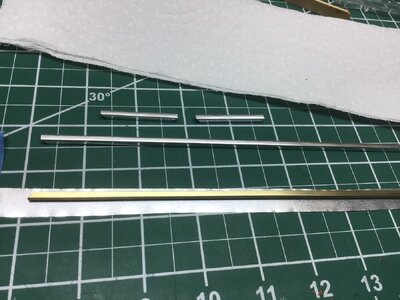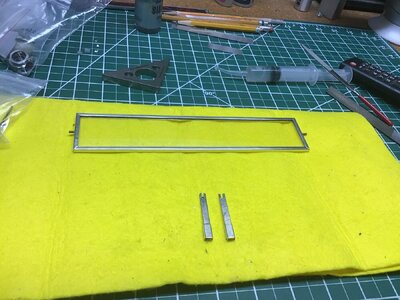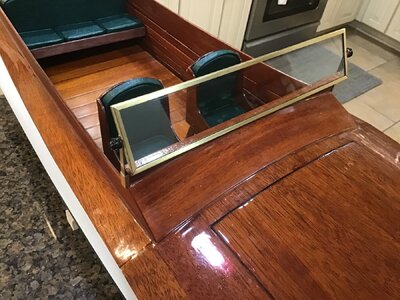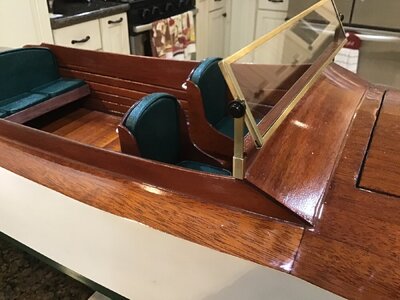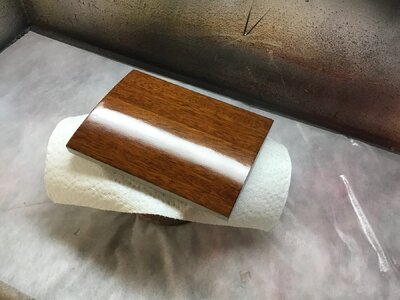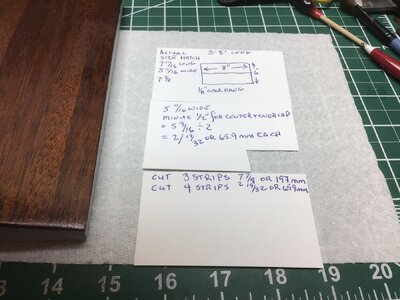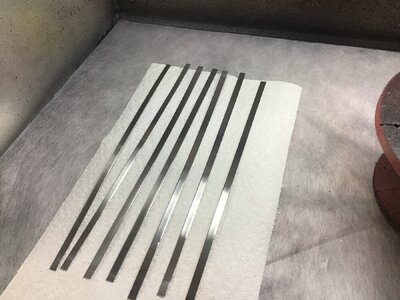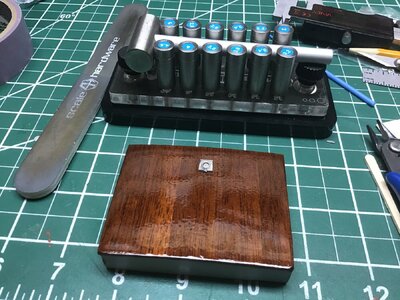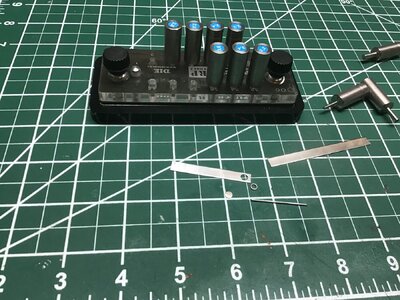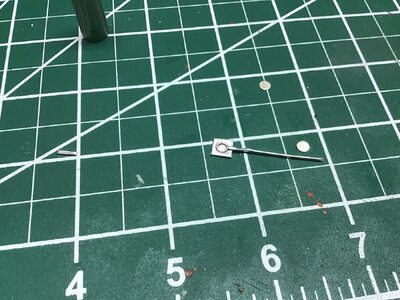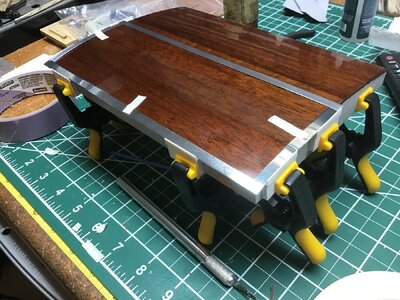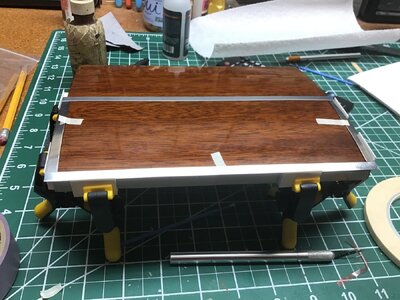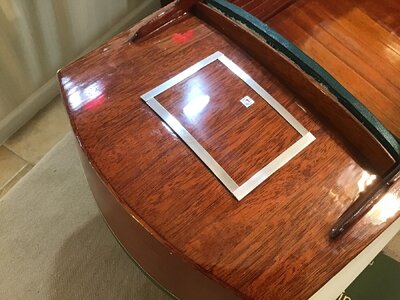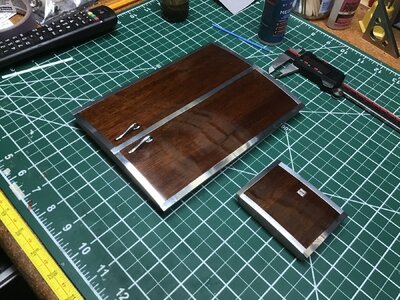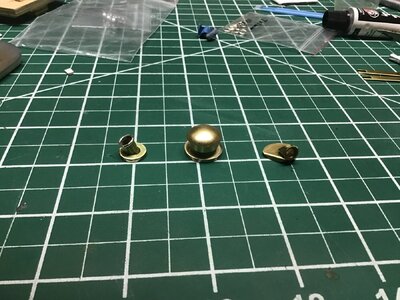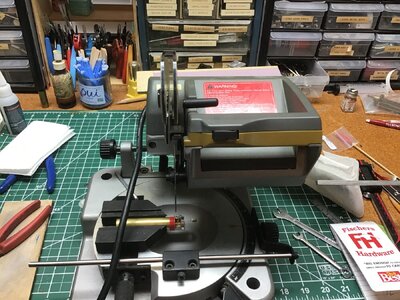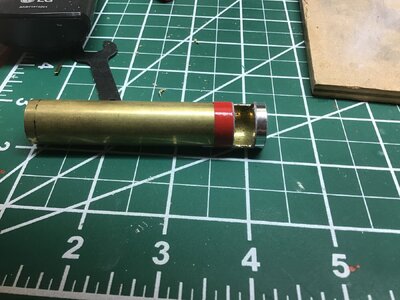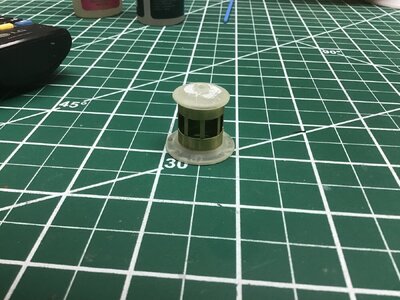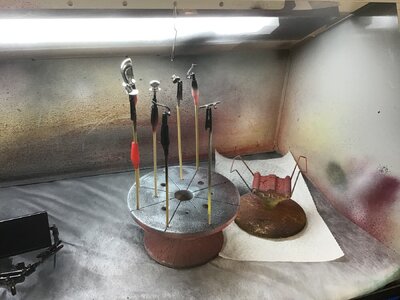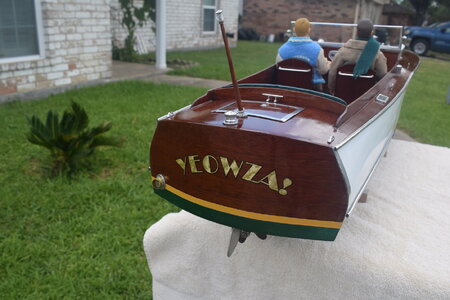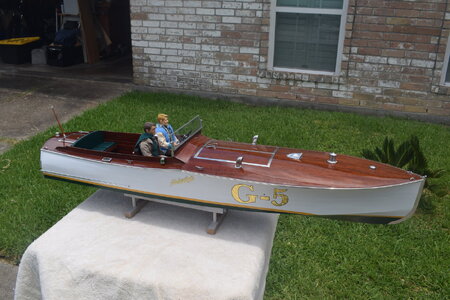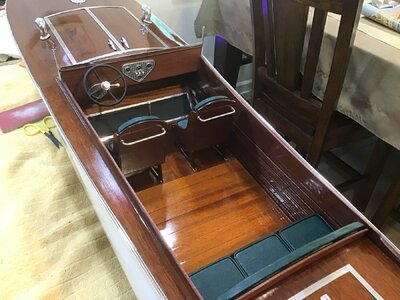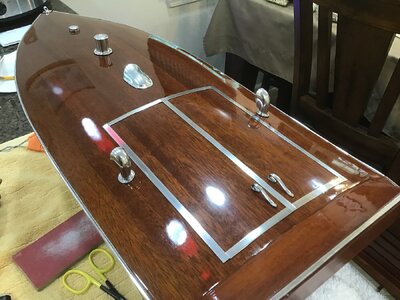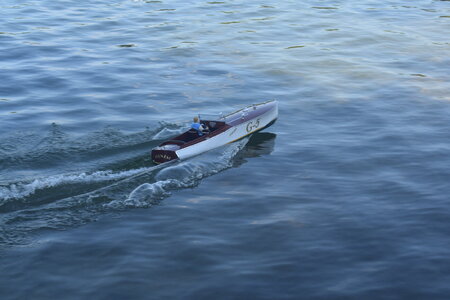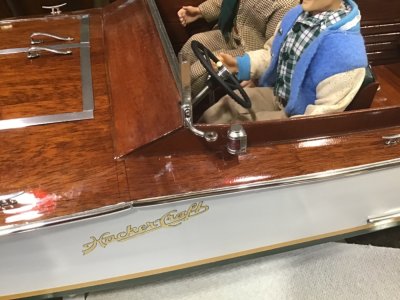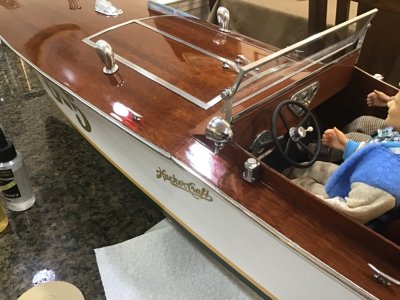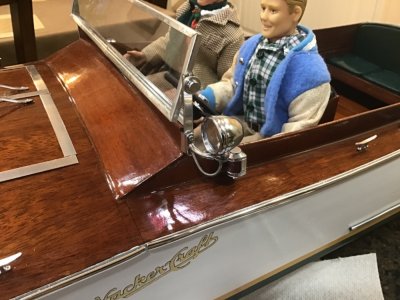Next step was to add a layer of FG cloth covered by West System epoxy. Unfortunately what happened next caused the model to be put away for the next 11 years. Everything seemed to go well with the cloth and epoxy or so I thought.
On close inspection you could still see the weave of the cloth. I just did not notice it until the second coat of epoxy was dry. I don’t know why the cloth did not turn translucent. I bought a roll from Spruce Specialties. I talked with some folks about it but there was no consensus as to cause. Never had this happen before and I had built a couple of mahogany boats so I was not expecting any problems.
The only answer was to sand it off completely and start over. In 2016 I dug it out from under my workbench and installed the drive train and back under the bench it went. I just could not see myself sanding the boat back to raw wood.
The years rolled on by and I even put it up for sale at one time. 300 bucks with shipping but got no takers.
Where did 11 years go? The model was my first project after I retired and it was a nice way to pass the time. I could work on it every day.
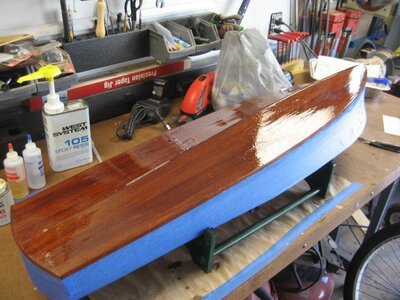
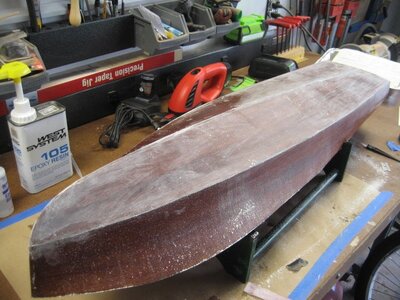
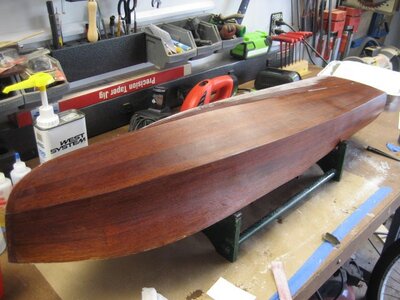
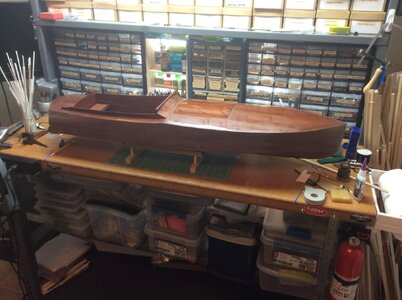
On close inspection you could still see the weave of the cloth. I just did not notice it until the second coat of epoxy was dry. I don’t know why the cloth did not turn translucent. I bought a roll from Spruce Specialties. I talked with some folks about it but there was no consensus as to cause. Never had this happen before and I had built a couple of mahogany boats so I was not expecting any problems.
The only answer was to sand it off completely and start over. In 2016 I dug it out from under my workbench and installed the drive train and back under the bench it went. I just could not see myself sanding the boat back to raw wood.
The years rolled on by and I even put it up for sale at one time. 300 bucks with shipping but got no takers.
Where did 11 years go? The model was my first project after I retired and it was a nice way to pass the time. I could work on it every day.







